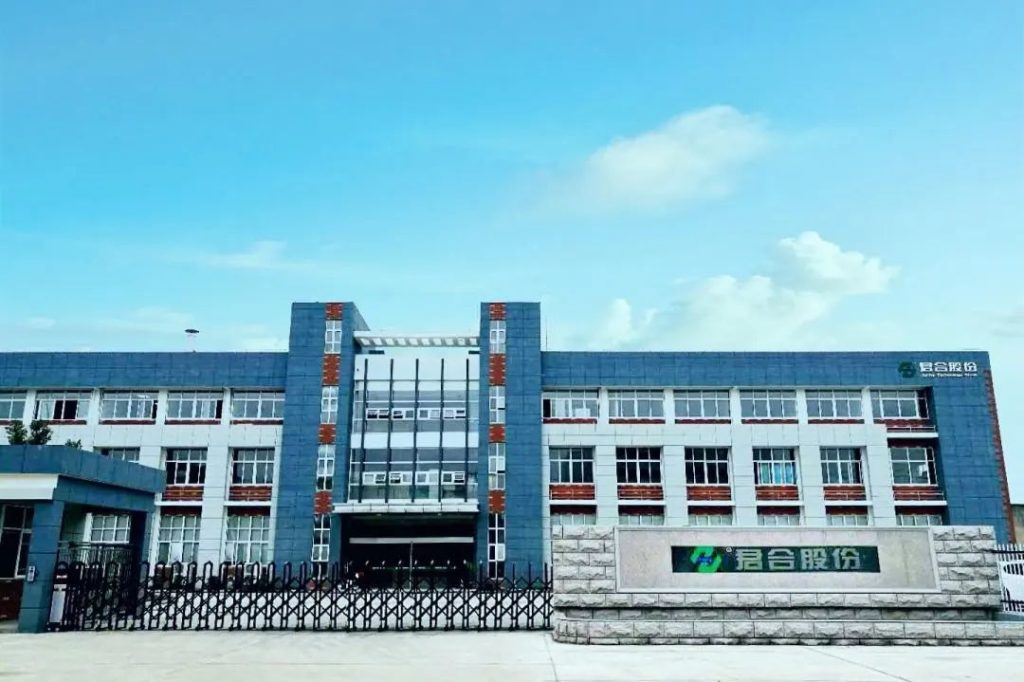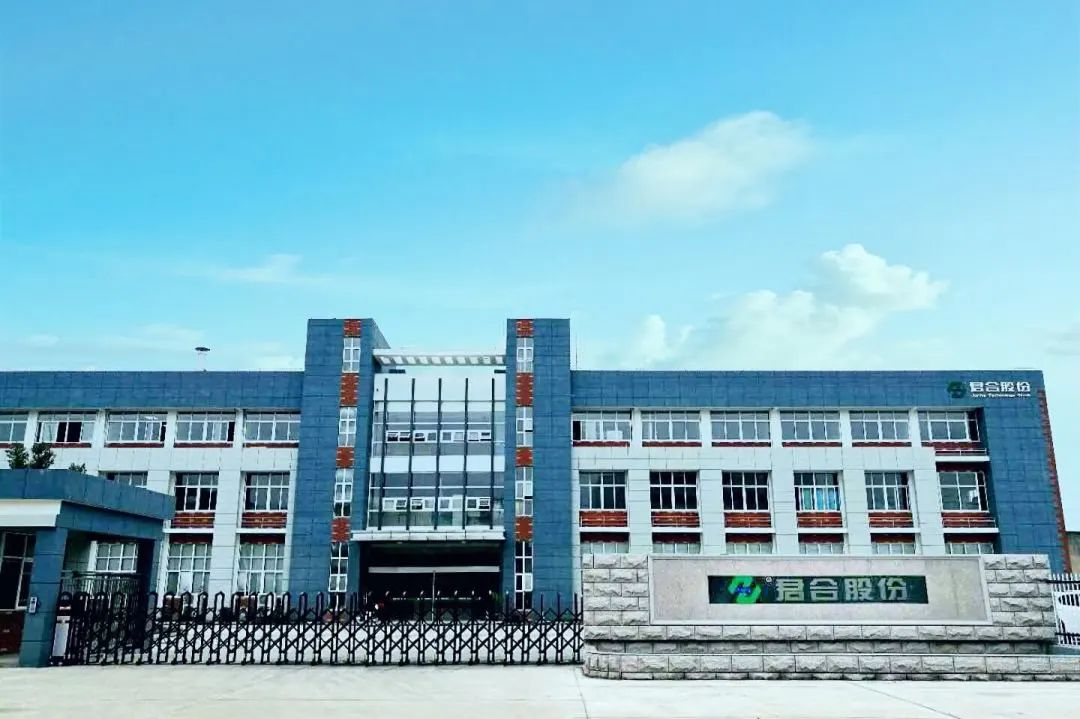Differences Between JUNHE 3.0 and 2.0 Equipment
【Comparison of Planetary Coating Machine Paired with Step-Type Furnace vs. Traditional Furnace】
Equipment Differences
Junhe 3.0 Equipment:
The JUNHE® TDSP0T500 six-basket planetary coating machine paired with the JUNHE® LBGE3115 step-type box furnace is designed for coating short and small parts such as automotive blind-hole fasteners and hardware components. It achieves 30% energy savings and 60% space reduction while meeting batch control and high yield requirements.
Junhe 2.0 Equipment:
The JUNHE® TDSP0T500 six-basket planetary coating machine paired with a traditional furnace is used for zinc-aluminum micro-coating of automotive blind-hole fasteners and hardware parts prone to liquid accumulation. However, it relies heavily on manual batch management, suffers from mixing issues and difficult traceability, and features larger equipment footprint, higher labor costs, and greater energy consumption.
1.Automation Level
01.Operation Mode
Junhe 2.0 Equipment:
Semi-automated operation with fixed program control; requires manual loading, parameter adjustments, and manual material transfer between equipment.
Junhe 3.0 Equipment:
Key process parameters can be preset and automatically adjusted via software. Liquid tank level, temperature, and coating environment humidity and temperature are automatically regulated. The entire process is fully automated, featuring robotic loading/unloading and real-time monitoring of temperature, liquid level, speed, and other parameters through sensors.
02.Monitoring Method
Junhe 2.0 Equipment:
Process parameters such as temperature and time are monitored via electrical instruments or manually recorded, resulting in lower accuracy; mesh belt conveyor systems are prone to material mixing.
Junhe 3.0 Equipment:
Full-process automated control with robotic loading and unloading; real-time monitoring of temperature, liquid level, speed, and other parameters through sensors ensures higher precision and reliability.
03.Labor Cost
Junhe 2.0 Equipment:
High labor demand due to independent operation of equipment, requiring numerous frontline operators and resulting in low management efficiency.
Junhe 3.0 Equipment:
Lower labor costs as equipment features data collection and basic logic control capabilities, significantly reducing the need for manual intervention.
2.Digitalization and Informatization Costs
Data Management
Junhe 2.0 Equipment: No industrial network architecture; no data exchange between equipment; production management relies on manual data collection.
Junhe 3.0 Equipment: Integrated with SCADA or MES systems for real-time equipment operation data collection and electronic report generation; fault warnings are triggered by real-time sensor monitoring and alarm notifications.
Data Management
Junhe 2.0 Equipment: Lacks industrial network architecture; no data exchange between devices; production management depends on manual data compilation.
Junhe 3.0 Equipment: Integrated with SCADA or MES systems for real-time collection of operational data; generates electronic reports; fault warnings are triggered through real-time sensor monitoring and alarm notifications.
Information Management Level
Junhe 2.0 Equipment: Low management efficiency; production reports require manual compilation; unable to achieve full-process information management of orders, inventory, and quality.
Junhe 3.0 Equipment: Equipment connected via industrial bus network, supporting remote monitoring and parameter adjustments; production data can be integrated with ERP systems.
Management Efficiency
Junhe 2.0 Equipment: Production data relies on paper records, making real-time traceability impossible; fault diagnosis depends on manual inspections with no early warning system.
Junhe 3.0 Equipment: High management efficiency with real-time data-driven decision-making; enables full-process digital management of orders, inventory, and quality.
3. Production Efficiency & Flexibility
01.Production Mode
Junhe 2.0 Equipment:
Fixed batch production mode; product changeovers require manual reconfiguration and take significant time. Production capacity is fixed, making it difficult to quickly respond to small-batch, multi-variety orders.
Junhe 3.0 Equipment:
Supports flexible production; multiple sets of process parameters can be preset in the software, enabling one-click product model switching. Coating material changes are rapid, reducing changeover time to within minutes.
02.Efficiency Improvement
T500 + Traditional Furnace:
Multiple manual intervention points, slower production cycle, and large fluctuations in yield rate. Furnace temperature changeover takes approximately 60 minutes.
T500 + Step-Type Furnace:
Automation reduces human error, improving yield rate by 10%–30%. Stable production cycle with capacity optimization enabling a 20%–50% increase in output. Supports urgent order prioritization. Furnace temperature changeover takes only 15–30 minutes.
03.Flexibility & Responsiveness
Junhe 2.0 Equipment:
Low adaptability; difficult to quickly scale or reconfigure the production line.
Junhe 3.0 Equipment:
High adaptability; supports urgent order prioritization. Modular design enables rapid expansion or reconfiguration of the production line.
4. Process Control & Quality Stability
Control Precision
Junhe 2.0 Equipment:
Temperature control relies on mechanical thermostats with wide fluctuations; coating volume is adjusted manually via valves or pump speed, resulting in poor consistency.
Junhe 3.0 Equipment:
Utilizes PID closed-loop control or servo systems; temperature fluctuations controlled within ±1°C, coating volume accuracy within ±5%. Coating liquid temperature, viscosity, and level are monitored and recorded in real time.
Quality Inspection
Junhe 2.0 Equipment:
Relies entirely on manual visual inspection or sampling, with high risk of missed defects and no real-time feedback.
Junhe 3.0 Equipment:
Automated quality inspection with real-time data feedback, allowing timely detection and resolution of issues.
Quality Traceability
Junhe 2.0 Equipment:
Difficult to trace product quality; full lifecycle traceability is not possible.
Junhe 3.0 Equipment:
Each product is linked to production data, enabling full lifecycle traceability.
5. Energy and Resource Utilization Efficiency
01.Energy Consumption Management
Junhe 2.0 Equipment:
Frequent idle operation leads to significant energy waste. No real-time monitoring of material consumption (e.g., solvents, coatings), making it difficult to detect leaks promptly.
Junhe 3.0 Equipment:
Equipped with an intelligent energy management system for real-time monitoring of energy use across all equipment. Automatically optimizes operating parameters; waste heat recovery system reduces energy consumption by up to 30%.
02.Environmental Friendliness
Junhe 2.0 Equipment:
Emissions are primarily treated at the end of the process, lacking in-process control.
Junhe 3.0 Equipment:
Both organized and unorganized emissions are effectively collected, significantly reducing VOC diffusion. More environmentally friendly, safer, and healthier.
03.Cost Efficiency
Junhe 2.0 Equipment:
Low cost efficiency due to high energy consumption during operation.
Junhe 3.0 Equipment:
High cost efficiency with lower operational and energy costs.
6. Equipment Manufacturing & Operation and Maintenance
Operation & Maintenance Costs
Junhe 2.0 Equipment:
Low manufacturing cost but high operating energy consumption; large equipment footprint increases facility usage costs.
Junhe 3.0 Equipment:
Higher manufacturing cost but lower operating expenses. Uses predictive maintenance with automatic maintenance alerts, effectively reducing failure rates and unnecessary repair costs.
Maintenance Approach
Junhe 2.0 Equipment:
Relies on scheduled periodic maintenance (e.g., monthly), lacking targeted interventions, leading to over-maintenance or reactive repairs after failure. Fault diagnosis depends on experience, with long repair cycles often delayed by waiting for spare parts, impacting production.
Junhe 3.0 Equipment:
Features remote maintenance capabilities, allowing engineers to diagnose issues online without frequent on-site visits, improving response efficiency and reducing labor and time costs.
Management Costs
Junhe 2.0 Equipment:
Requires many frontline operators (3 workers per line), resulting in high labor costs; low management efficiency as production reports are manually compiled, unable to meet efficient management demands.
Junhe 3.0 Equipment:
Significantly optimized labor allocation, with only 2 workers needed for 3 production lines. Management focus shifts from basic operations to system monitoring and process optimization. Real-time data drives decisions, and OEE-based analysis improves overall equipment efficiency, increasing management efficiency by over 30%.






